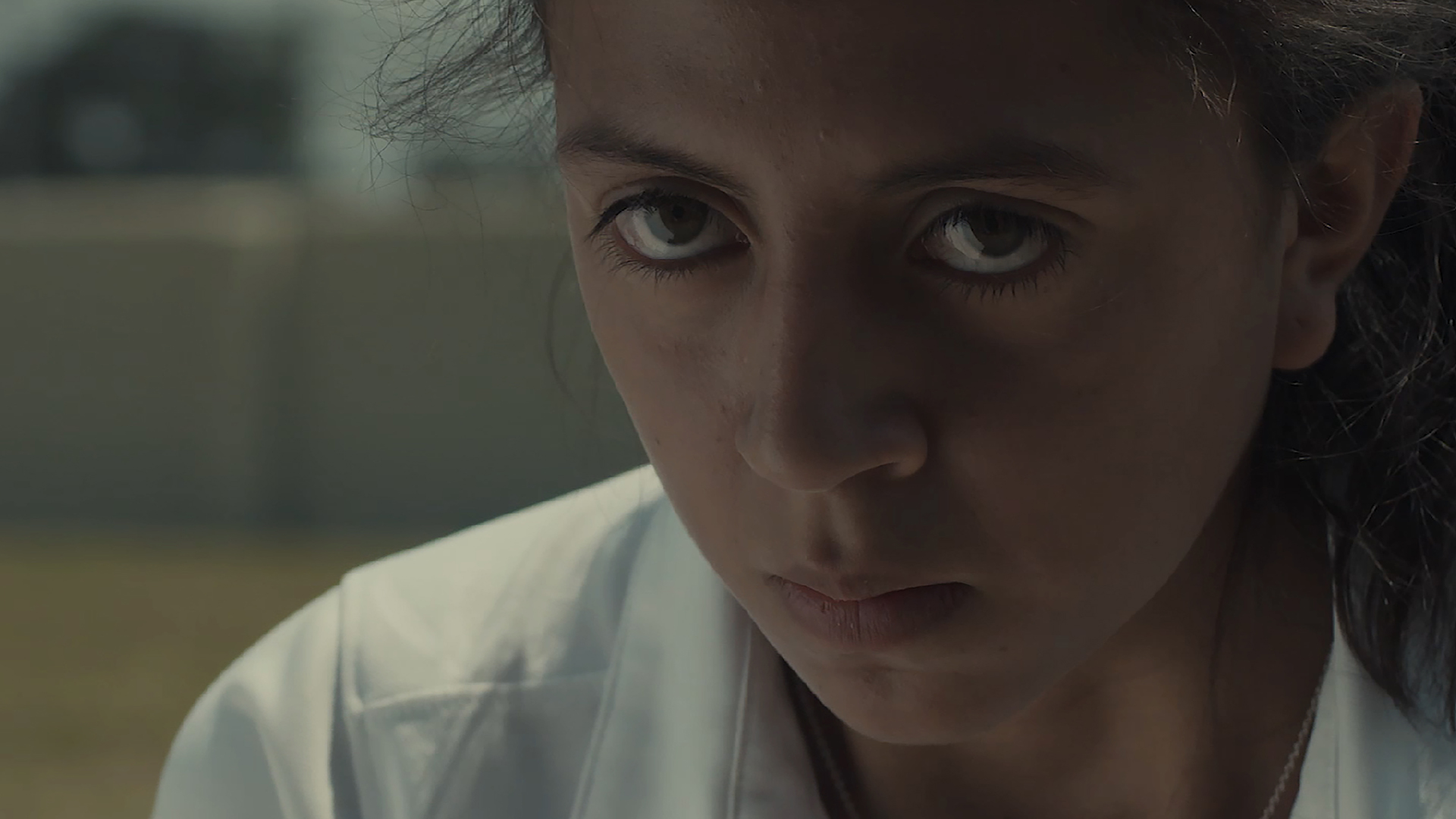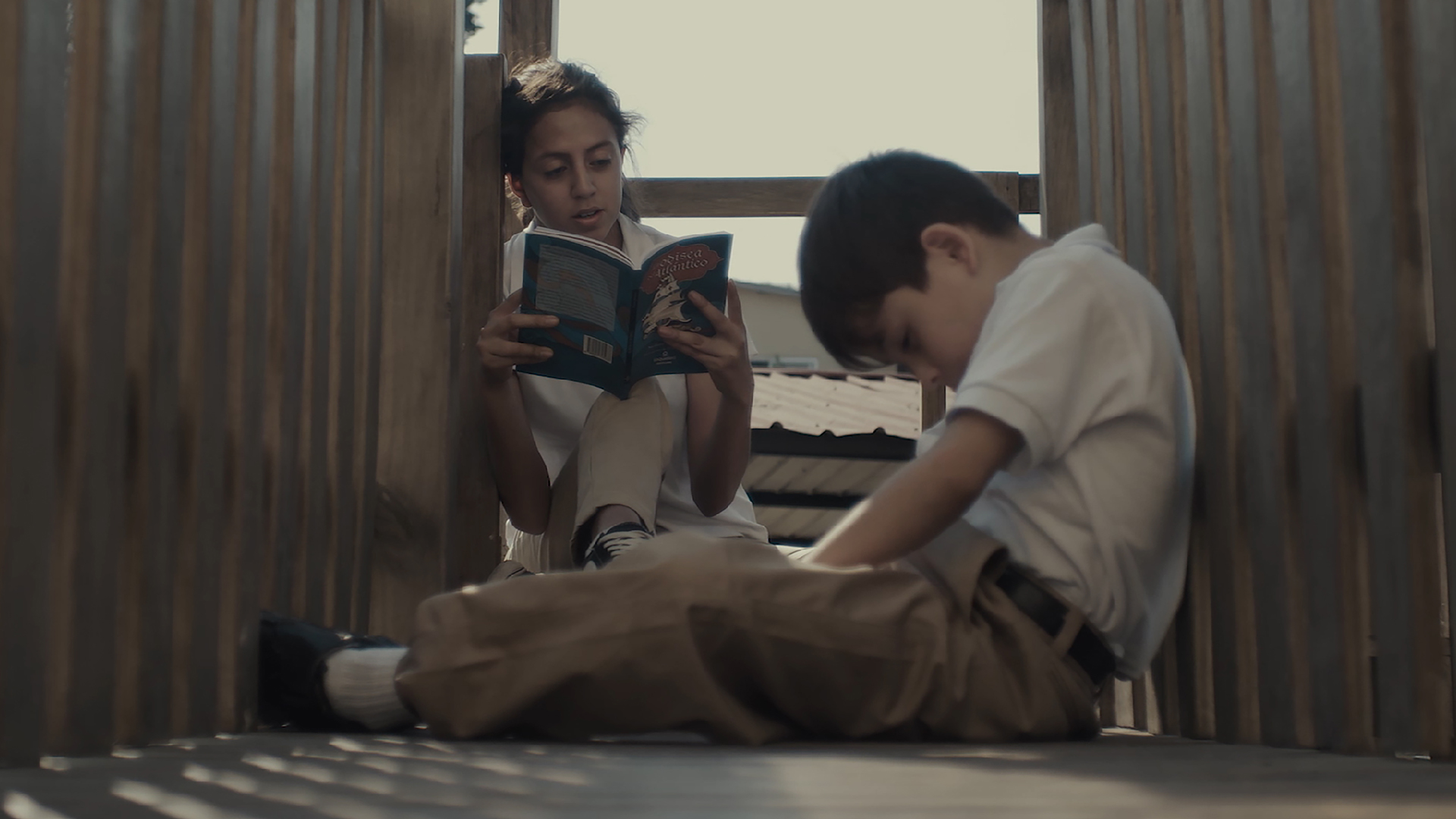We were lucky to catch up with Emily Gularte recently and have shared our conversation below.
Emily, appreciate you joining us today. We’d love to hear about a project that you’ve worked on that’s meant a lot to you.
There are two main reasons why the last project I directed was meaningful to me. First, as my thesis short film at the American Film Institute, it was the culmination of the most intense and demanding educational journey I’ve ever experienced. Second, and most importantly, while it was a story that was originally pitched by someone else, it resonated with me because it beautifully reflected the life and spirit of the mother who shaped who I am today — and gave me the chance to honor her through the craft that she encouraged me to pursue.
The film tells the story of a single mother, who is left without childcare for her six-year-old daughter on the eve of starting a new job. With no other option, she wakes her child early and takes her to the bus stop in the freezing dark. As they wait in the cold, she begins to tell a fairy tale—one that blurs the line between fiction and truth, and quietly draws mother and daughter closer in the stillness of the morning.
I went up to the producer after he pitched the plot and told him: This is my story.
I was raised by a single mom who repeatedly showed me what selfless love is.
When dad left us, she did not hide her pain. I saw her grieve, yet mostly I saw her get up and do what she needed to do to put food on our plates-even if that sometimes meant cleaning toilets. In the face of hardship and scarcity, she moved forward, holding firmly to her faith, and with an unwavering determination to protect us and provide for us at all cost.
This persevering spirit is common in the Hispanic culture, where single mothers from lower and middle class are sadly used to a lifestyle of working tirelessly as the sole protectors and providers of their families. If you ask my mom how she got through the pain, she’ll respond “I couldn’t afford to stay in bed crying. I had daughters that needed to be fed.” This short film is an ode to the mothers who’ve dedicated their lives to making sure their children thrive while they themselves traverse difficult, lonely times.
Despite financial challenges, mom filled our modest home with laughter and made even the simplest meals with warmth and love. I was always encouraged to be creative and dream big. When you have the certainty that the person beside you is doing all within their power to care for you and would give their life up for you, you cannot consider yourself “poor”.
On top of all this, my mom is an extremely gifted writer and communicator who can move a crowd through her expressions and words. I’m still just as captivated by her stories now as when I was three years old. This leads me to believe some of the best storytellers in the world will never appear on the New York times best selling list, will ever win an Oscar, or let alone be an artist by profession. They will be unknown, “ordinary” people, mothers and grandmothers who tell their kids a story to help them pass the time, or face their greatest fear. We may quickly dismiss their lives as mundane and insignificant, yet the impact that these stories have in the inner lives of those who hear them is immeasurable.
This is why it was an absolute necessity for me to tell the story of a woman who does whatever she can to care for her daughter on a cold day. This includes using her own creativity to distract her through a “simple” fairy tale: one that ultimately mirrors the hidden grief she carries with her everywhere she goes.
I look back at my life and recognize mom’s goal has always been to teach me what it truly means to love. What a joy it is, as a filmmaker that I could respond to her love through this film to tell her: I saw, I learned, and I thank you.”

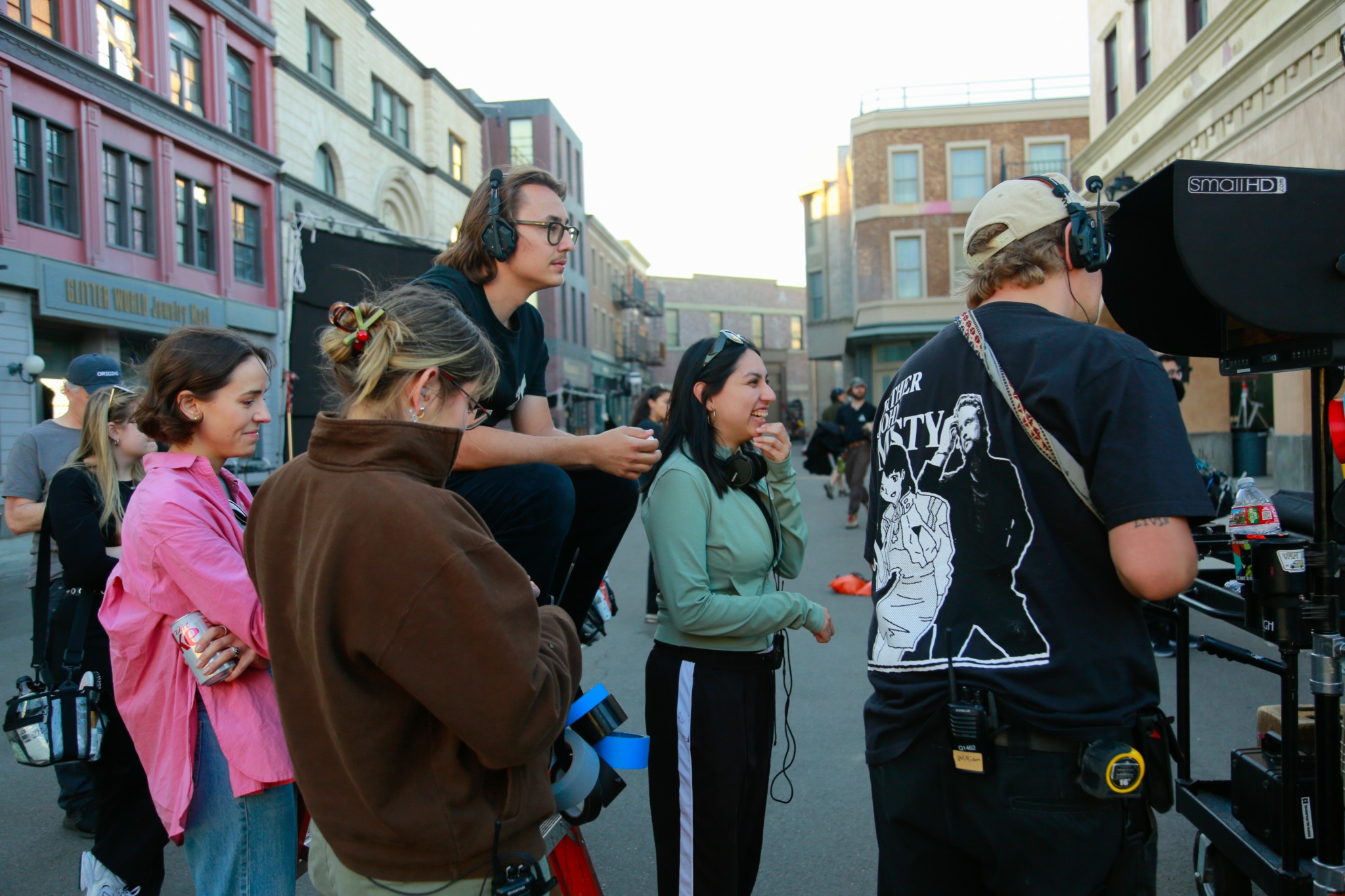
Emily, love having you share your insights with us. Before we ask you more questions, maybe you can take a moment to introduce yourself to our readers who might have missed our earlier conversations?
When I was in 5th grade, I filled a notebook with my ideas for a kids’ television show I made up called Cute Cathy (think Strawberry Shortcake but with much less fruit). I believed there was a chance that TV executives would visit my school looking for children to pitch new ideas for their next hit show, so I practiced alone in my bedroom how I would present the series. This was two years before it even crossed my mind to pursue a career in film, and eight years before I learned in film school that what I had been practicing was called a “pitch.”
My life has been filled with countless moments like this one: a lot of pitches, reciting made-up monologues in front of the bathroom mirror, finding myself in a trance as I imagine what a person or object would look like in a scene. Perhaps this is normal behavior for a child, but I have never outgrown it. I have been a director and screenwriter for almost a decade now, with no plans of pivoting to a different path any time soon.
I have only one condition for pursuing a personal project: it has to touch my heart. I work towards making pieces that first strike a chord inside me, and if at any point in the creative process my heart isn’t moved, I work over and over until I find that spark. I am a person who has never been shy about shedding tears in front of people. I believe one of the best things we can do is be passionate enough about something that it elicits a deep response—whether it be tears of sorrow or joy.
The one word that people use repeatedly to describe my work is “heartfelt.” This is always the goal. I don’t believe in manufacturing something just to provoke or grab attention that will later be lost. I aim to create pieces that are true to the human experience and highlight how desperate and hungry we are for connection—how much we crave to see beauty and the need to speak truthfully. These are the things that move me the most when I watch a film, and they are what I strive to put on screen.
In my work, I love exploring relationships—specifically the beauty and pain found in home life. I enjoy seeing life through the lens of kids or the elderly—two age groups that I believe offer an abundance of wisdom for us to learn from. In a world where most of what we see lacks compassion, I want to make work that inspires and encourages people toward reconciliation.
The work I do is mostly narrative fiction. I love drama but have also learned to lean into the humor that is a huge part of my culture and I believe any good work must leave room to make people smile.
One of my greatest passions is the personal connection I get to make with actors while we work on performance and making sure that the sets I direct in are places where every person feels welcome and valued for their hard work. This is also why I make sure to constantly remind people of the heart behind each project to align everyone to the same vision and goal.
One quick look at me doesn’t give much away. I am Hispanic, but I am also American- a Guatemalan who lived in Florida from ages six to twelve. It was an amazing chapter of my life when I was deeply influenced by North American culture and discovered my fascination with the arts.
In 2019, I graduated with a B.A. in Film and Entrepreneurship from the first film school in Guatemala at Universidad Francisco Marroquín. This program changed the trajectory of my career, as my Hispanic roots unexpectedly collided with my passion for film in a country whose film industry is still underdeveloped. I was introduced to world cinema and discovered Hispanic films that struck me deeply as I connected to the Spanish speakers on screen. I was amazed at how accurately Hispanic culture was captured in such visually rich and poetic ways. Since then, I have cultivated a desire to write and direct stories that reflect what I know and love about both hispanic and american cultures. This also greatly influences the characters I feel the most drawn to write about.
In 2018, I directed my first short film, Lagartija (Lizard), a coming-of-age story about a young sister and brother who face a challenging day when the visit from an unexpected relative alters their dynamic. The film was one of the winners of the Sundance Ignite Challenge in 2019, and I was thrilled to see it embraced across countries like Ireland, Russia, Colombia, and the U.S. It is currently featured on Short of the Week.
In 2017, I was the head writer on the children’s animated web series and directed the show’s voice actors. I have also directed and produced several videos and short documentaries in New York and Norway for the Human Rights Foundation.
Over the last two years, I have been at the American Film Institute Conservatory as a directing fellow. Here in Los Angeles, I connected with some of the greatest and most talented people I’ve had the pleasure to call classmates and friends. I am eager to continue collaborating with amazing filmmakers from all over the world. I recently wrapped production on my thesis short film at AFI—a slice-of-life and fantasy piece filmed in Spanish that is now in post-production and am currently writing my first feature film.
Though my work is hard to pin down to one category, the two things I always seek out are authenticity and emotion. I believe we can only achieve this when we know who we are and pursue our purpose boldly, having learned through the years that it is never going to be an easy path. I walk carefully, patiently, and with a key practice my mother taught me for life: gratitude. No matter what stage I am in, no matter what resources I may seemingly lack, I am grateful that in my chosen career I can create from a place of confidence and assurance that life is worth living, discussing, and capturing for the sake of truth and beauty.
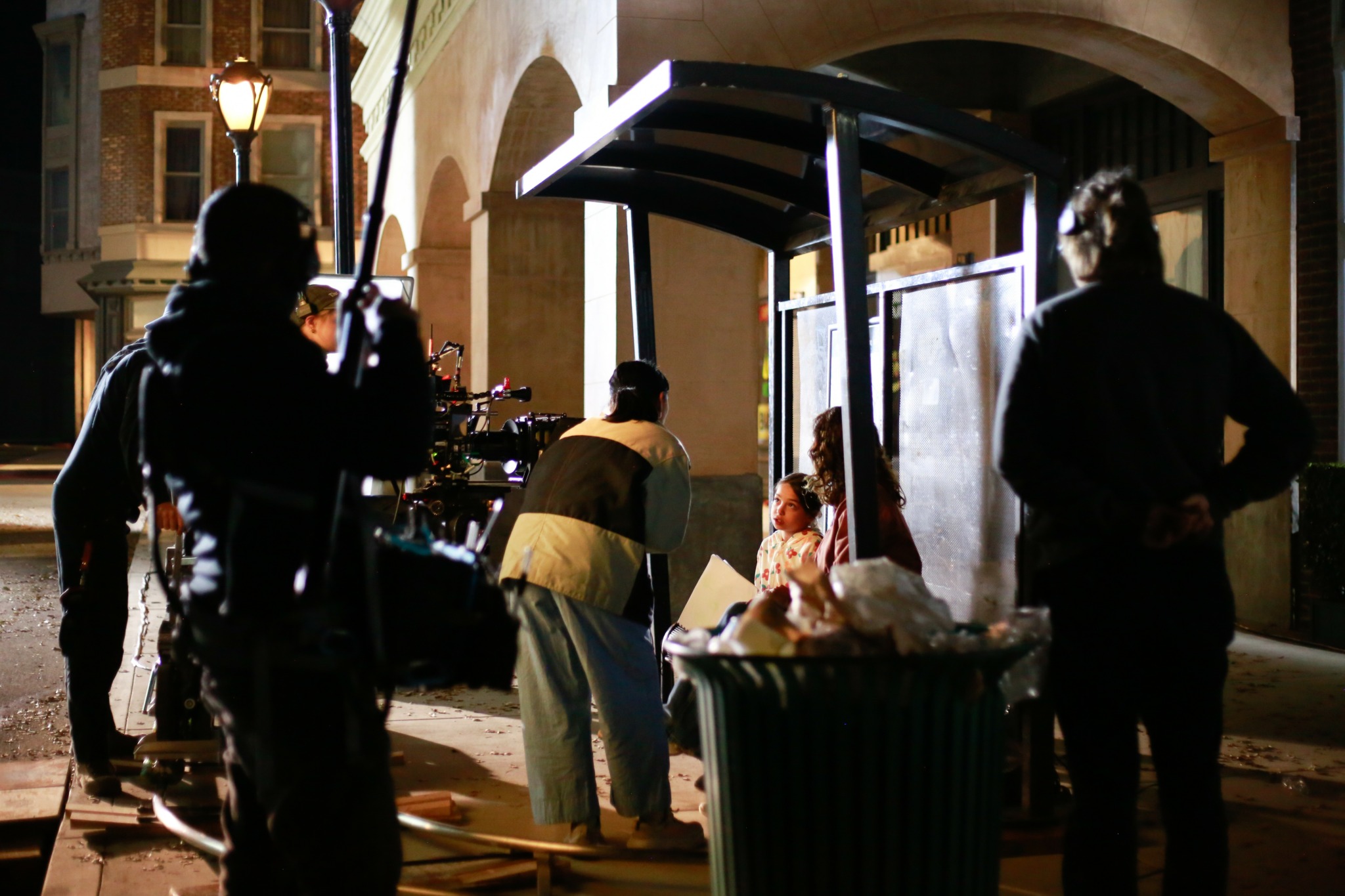
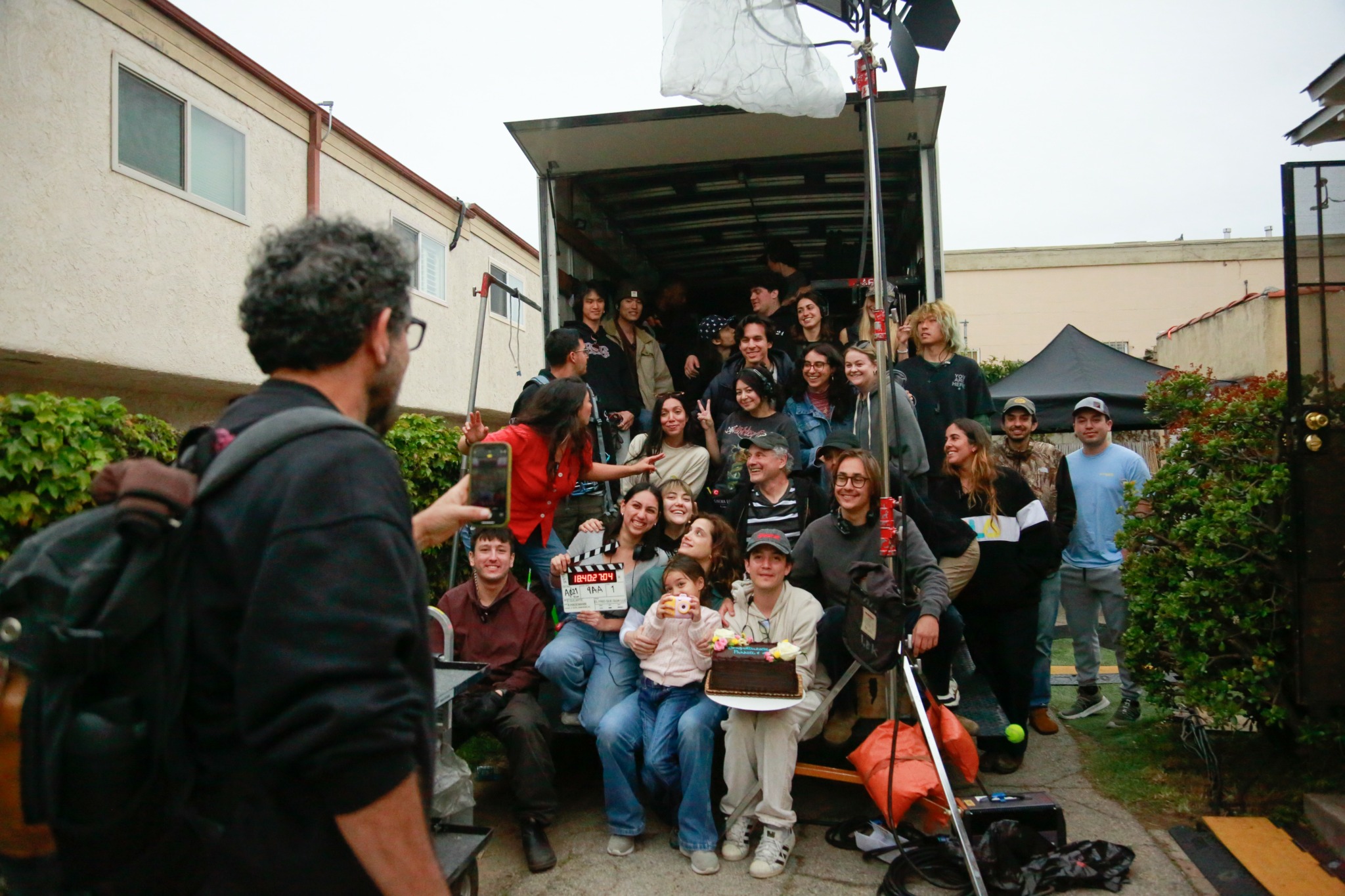
What’s a lesson you had to unlearn and what’s the backstory?
I constantly let my imagination run wild thinking of stories, scenes, and images that move me.
But for years, a voice in my head would say, “Good idea—do it when you’re actually able to pull it off.”
It was a loud voice. One that sadly nipped the bud of many ideas for projects that could very well have been on my resume today.
It was a constant voice. One that kept me from taking opportunities because I didn’t feel qualified.
It was the lying voice of perfectionism, and I am determined now more than ever to silence it.
Perfectionism is the killer of creative freedom.
Unfortunately, I taught myself this wrong way of aiming for excellence as a typical straight-A student/teacher’s pet who craved the thrill of being given credit for a job well done. I sought after being the best and doing the best for the sake of the credit, not for the sake of learning and growing. I trained myself to only work on something if I knew exactly how to do it. If I didn’t, I would say no so as not to risk letting someone down—or worse yet, being told I failed.
Film school—especially a Master’s program where you constantly show your work for your peers to review—has been an extremely great remedy for this. I have been humbled many a time by seeing my work on a huge screen be nowhere near as good as what I had seen in my head. But doing this over and over has shown me two things: one, that it is not the end of the world if what I make is not perfect; and second, that the next project is already waiting for me, and it will be all the better because of my past mistakes.
I am not fully cured yet of my perfectionism; the fear of failure and criticism feels like a constant threat. But I am now learning to crave the thrill of how that failure can always be turned upside down. I now love when a mistake or “wrong” turn paves the way for something better to come forth.
I heard someone say they believe the phrase “practice makes perfect” should be rephrased as “practice makes confidence.” I wholeheartedly agree.

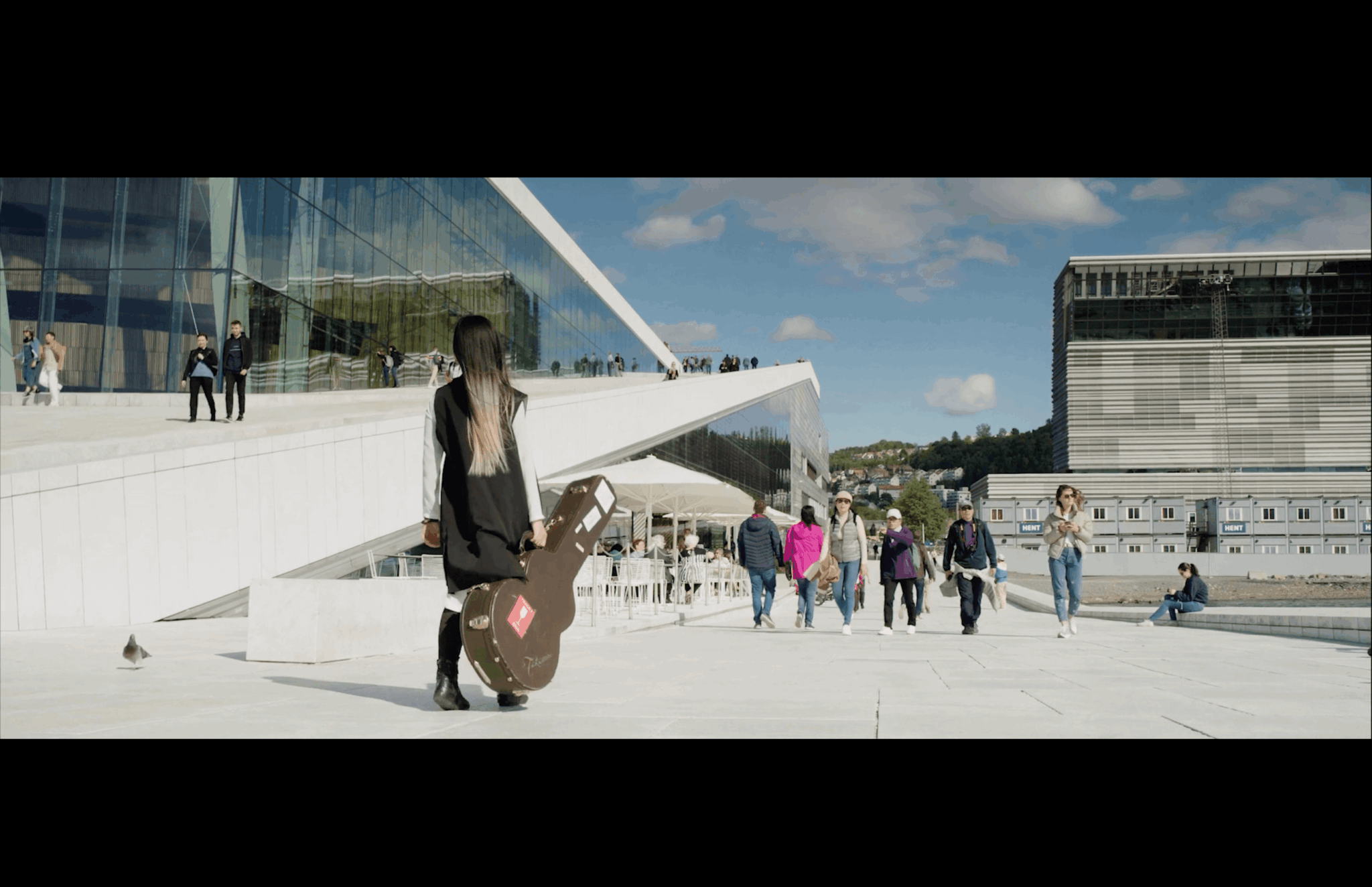
Looking back, are there any resources you wish you knew about earlier in your creative journey?
Working with young kids, I’ve recently learned the importance of going back to the basics: tales and crafts.
Being in the film industry, it’s sometimes hard to see life from any perspective outside a camera lens or a screen. In the past, I was foolishly stuck between those two mediums, believing they fed each other and were the catalysts for better results in my craft.
When I thought about resources, I went straight to books about film, websites about filmmaking, and podcasts with filmmakers talking about how they filmed. But one of the greatest lessons I learned in film school—ironically—was to get out of the classroom. To remember that actually living life can fuel creativity in far deeper ways than any conversation about creativity ever could.
Being completely engrossed in my craft won’t give me better stories. Sometimes, it’s by disconnecting from that hunger and desire to “have a good story” that we create memories or witness experiences that are far more compelling than the ones we sit down and try to manufacture out of thin air.
The greatest resources I’ve come across lately have been classic children’s fairy tales with powerful punchlines, biblical parables with concise, impactful storytelling, and watercolor painting—an art form I’m far from mastering and don’t aspire to be known for. But venturing into other realms of art and storytelling that seem unrelated to my films, and doing so spontaneously and for the pure sake of enjoyment, has brought huge benefits to my creative process.
These practices have shaped and refined so many character traits that feed directly into my writing and visual creativity. I wish I’d sought out and embraced these resources earlier, instead of staying consumed by one narrow path. I want to keep my eyes open for the “unconventional” resources the ones that open ways of discovering the world and engage all five senses.
Contact Info:
- Website: https://vimeo.com/user93527769
- Instagram: @_emilygularte
- Linkedin: https://www.linkedin.com/in/emily-gularte-213070316/
